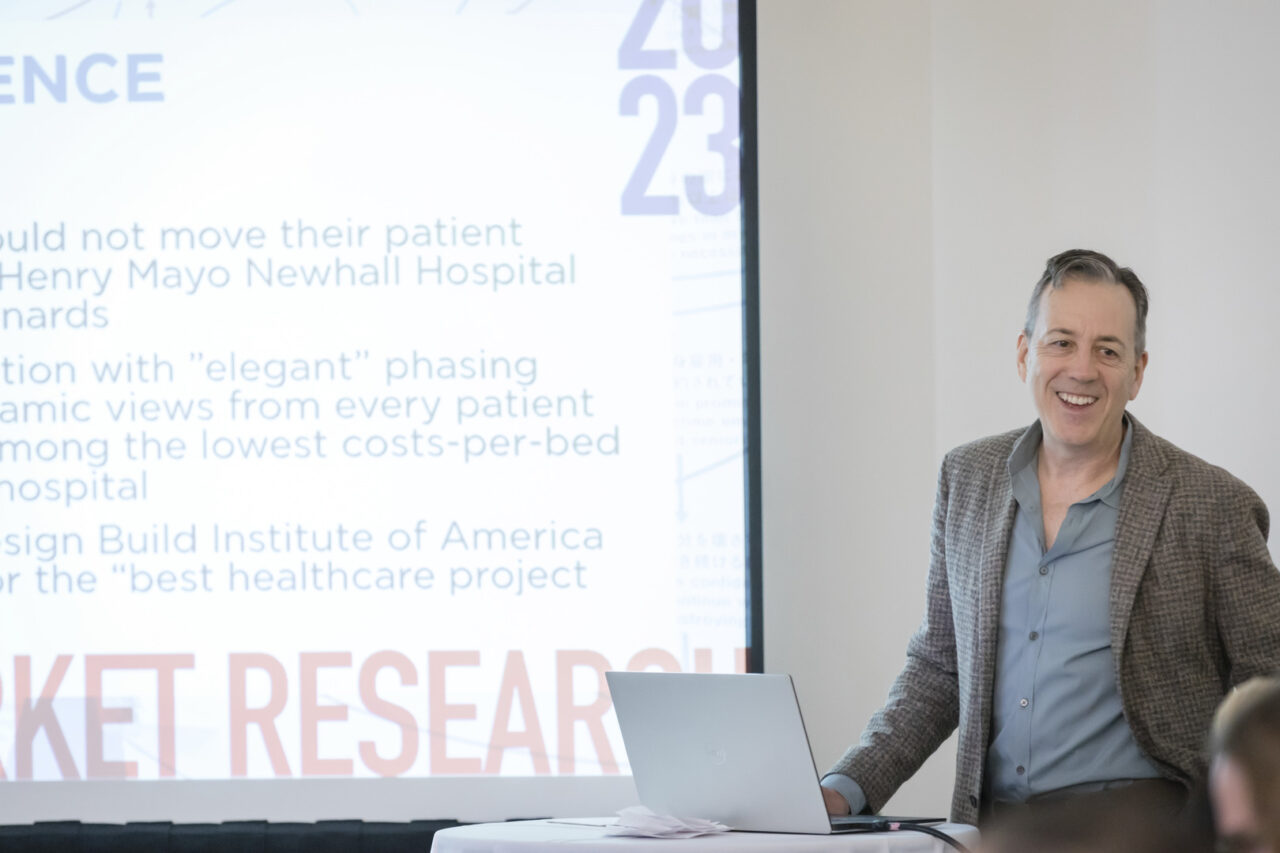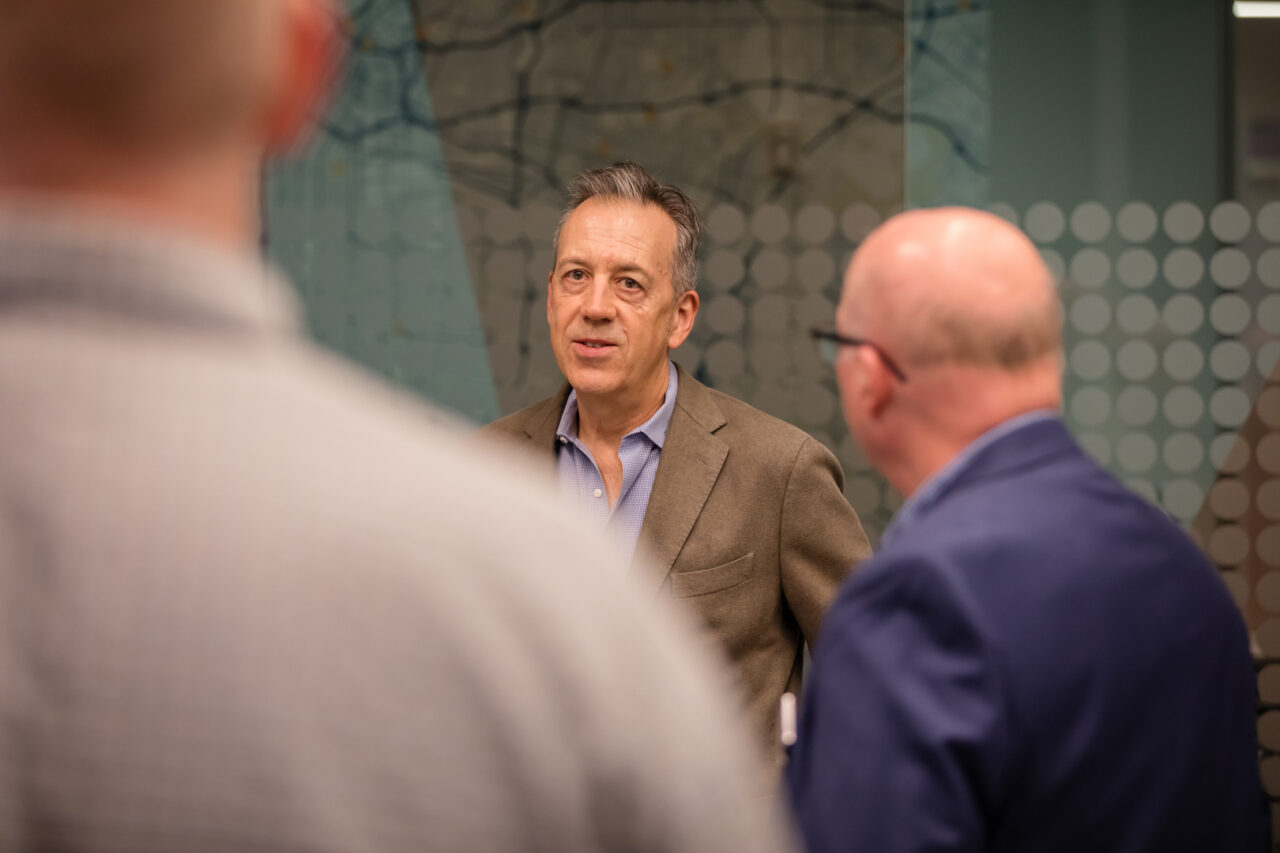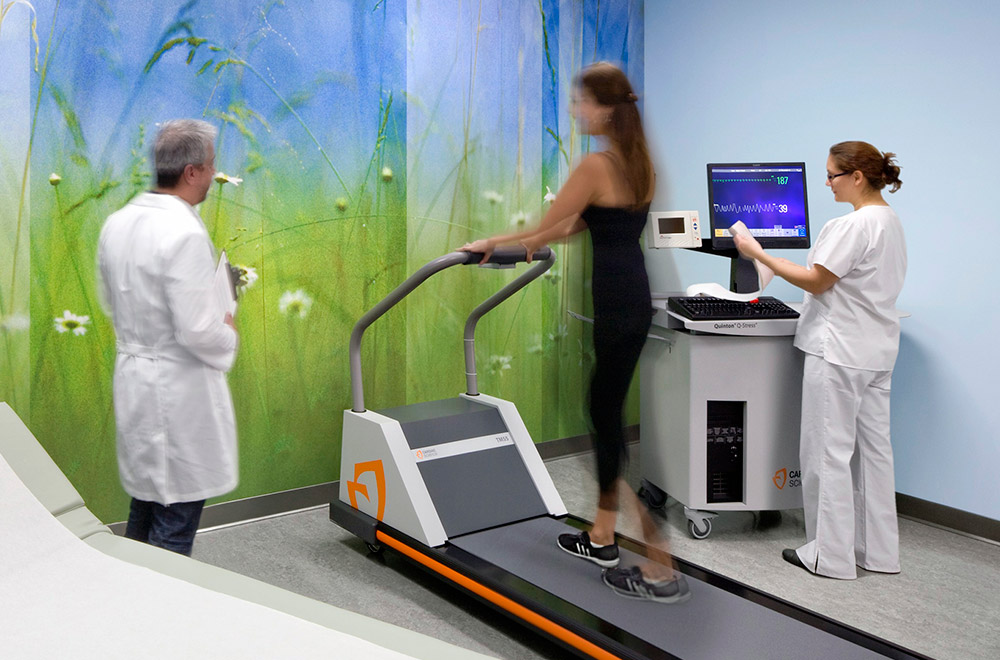Welcome to Five in Focus, HMC Architects’ blog series spotlighting the trends, ideas, and innovations shaping the future of architecture and design. Each edition features insights from our leaders as they share what inspires them and how it informs their work.
HMC’s newly appointed president, Kirk Rose, is stepping into his role at a pivotal moment for the firm and the profession. Known for his strategic vision and deep understanding of client needs, Kirk is focused on how societal trends, innovation, and leadership development will shape HMC’s future. In this edition of Five in Focus, he shares what excites him most and where he sees the greatest opportunities ahead.
1. Technology Is Transforming Our Clients’ Businesses
Telepresence, AI, and robotics are reshaping how we and our clients operate. These technologies aren’t abstract—they are becoming central to how organizations perform, compete, and deliver their missions. The design of their facilities will need to evolve in lockstep to accommodate blended reality and agentic and robotic automation. Our responsibility is twofold: to understand and predict how our clients are and will be using these tools, and to help them see how architecture can enable their adoption. Buildings must become platforms for innovation, not barriers to it.
2. Helping Clients Optimize Their Investments
Our clients view buildings as a means to achieve their mission, not as ends in themselves. Architects must think accordingly, asking which investments in design truly advance their goals—and which do not? Our planning and design thinking must be deeply informed by our clients’ priorities and willingness and ability to invest. At times we may suggest building less, with higher efficacy. When we align architecture with their strategies, we create fundable and potent buildings—we create impact.

3. Embracing Automation to Unlock Design Thinking
The automation of design tasks isn’t something to fear—it’s something to embrace. Tools like Revit and scripting can improve accuracy, eliminate clashes, enhance code and zoning compliance, and raise the quality of our documents. More importantly, they free us to do what we do best: think strategically, explore bold ideas, and design with vision. With leaders like HMC’s Chief Technology Officer Bill Kwon helping drive this, and by training young architects to master both digital tools and construction knowledge, we can spend less time fixing problems and more time creating opportunities.
4. Elevating Our True Differentiators
In a competitive market, many clients see architectural firms as commodities. Architects believe they’re different, but too often their peers say and do similar things. To truly stand apart, we must develop and maintain unique strengths: strategic expertise, planning efficacy, and design excellence. These are the differentiators that will win work, build trust, and define HMC’s reputation in the marketplace.

5. Building Strategic Leaders for the Future
Given society’s pace of change and clients’ need for guidance, our greatest opportunity lies in elevating HMC’s role as a strategic advisor. Clients are hiring firms not just for technical design, but for leadership, vision, and upstream thinking. To meet that need, we will develop our people—especially our managers, designers, and planners—to think creatively like strategists and master planners. By training and empowering the next generation of HMC leaders, we’ll position the firm as a trusted advisor at the highest level.
Closing Reflection
What excites me most about HMC’s future is the opportunity to expand our role beyond design and into strategy, leadership, and impact. The challenges ahead are complex, but by embracing technology, aligning with our clients’ missions, and elevating our differentiators, we can shape a practice that is innovative, resilient, and deeply connected to the communities we serve.

